I am reading a bunch of XML files into a list (IEnumerable really) of XElements. Then I want to convert the XElement list (these XElements contain a bunch of child-elements) into a list of classes, so I can do later operations with the data more easily.
Now if I know in advance the structure of XElements, this would be easy; I'd just create a class that mimics the XElement structure and fill instances of it with the XElement contents. But here's the caveat; my XML file element structure is mostly similar, but there could be the odd element that has a different structure. To better illustrate the situation let me take an example.
Let's say my XML files contain a bunch of 'Person' elements. The Person elements has some common elements that will be in ALL the elements, but there are some children of Person which can be found only in some of the elements.
For example all Person elements have these mandatory children:
<Person> <Name/> <Age/> <City/> <Country/> </Person>
But, some Person elements may contain additional children as follows:
<Person> <Name/> <Age/> <City/> <Country/> <EyeColor/> <Profession/> </Person>
To make things worse, these child elements can also have mostly similar structure that occasionally varies.
So is there a way that I can go through these XElements in just one loop, and put them into an instance that is somehow dynamically created, say, based on the element names or something similar? I could create a class with all the mandatory elements and leave few additional member variables for the odd new ones, but that's not ideal for two reasons; one, it would be a waste of space, and two, there could be more child element than I have extra variables in my class.
So I'm looking for a way to create the class instances dynamically to fit the XElement structure. In other words I'd really like to mimic the element structure right down to the deepest level.
Thanks in advance!
